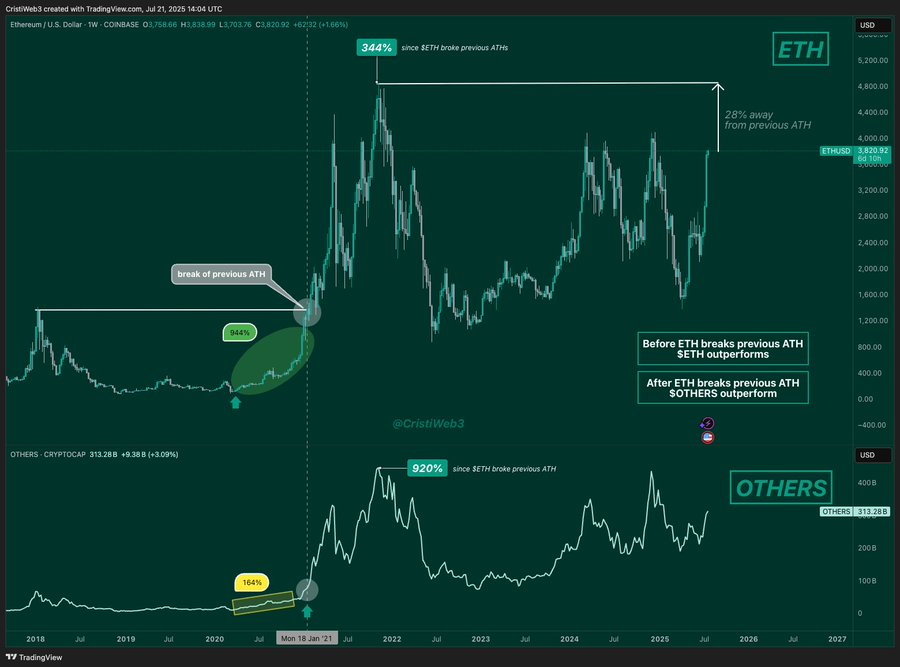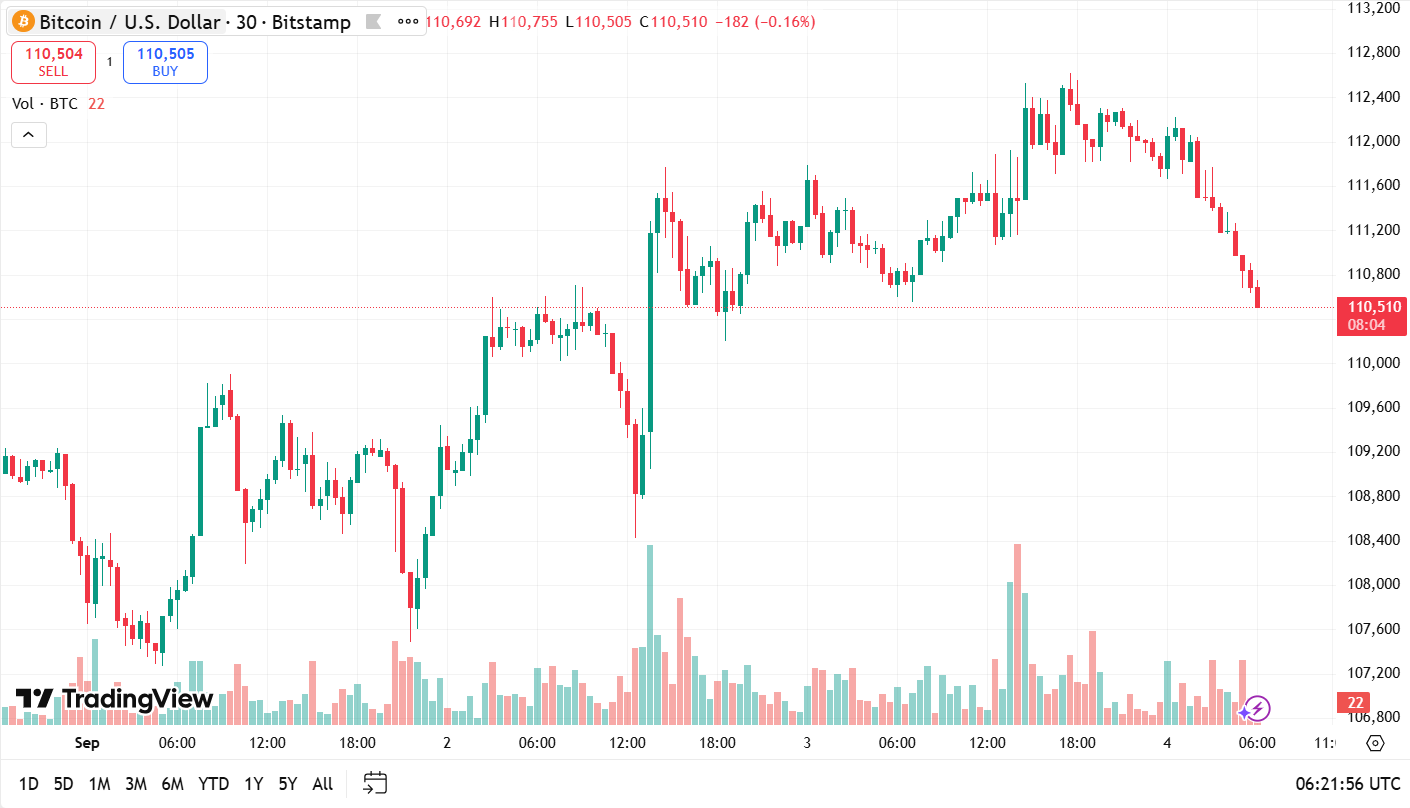- Bitcoin now tracks global liquidity more than halving events, making each market phase naturally stretch out.
- Unlike past cycles, Ethereum and the broader altcoin index have not yet broken past previous highs.
- Despite a breakout, BTC struggles at $114K while holding $107.2K support.
Top analysts are making a high-conviction call that the current crypto bull market could extend for another one to two years, defying all previous cycle timelines.
According to the “Long Ultra Cycle” theory, a fundamental shift in market drivers, from four-year halving cycles to global liquidity, is creating a longer, more sustained bull run, even as Bitcoin struggles with short-term resistance.
Why Four-Year Crypto Cycles Are Getting Longer
Global Liquidity Now Drives Crypto
Bitcoin and other risk assets move in sync with global liquidity and central bank policy. Data shows Bitcoin tracks global liquidity 83% of the time in a 12-month window, more than most asset classes. Since liquidity cycles run longer than Bitcoin’s halving cycle, they naturally stretch the market timeline.
Altcoin Breakouts Are Delayed
In the previous cycle, the altcoin index (“others” chart) broke above its all-time high 355 days before the cycle ended. Ethereum (ETH) also broke out, and the market ran for another 335 days before topping.

But in this cycle, despite already being 1,035 days in (compared to just 1,065 days in the entire last cycle), neither the altcoin index nor ETH has crossed their old highs. This lag strongly shows the current cycle still has a long way to go.
Longer Halving-to-Top Timelines
Historical data shows each cycle is naturally lengthening. From the first Bitcoin halving to the top took 367 days, the second took 526 days, and the third stretched to 548 days. The market is already past 511 days in the current post-halving phase, yet charts show no signs of a cycle peak.
Shift from Retail to TradFi (Traditional Finance)
Earlier cycles were retail-driven. Now, institutional adoption, ETFs, stablecoin regulation, and tokenization are key drivers. Institutional money moves slower but in much larger amounts, creating longer but steadier cycles.
How Will This Affect Bitcoin?
A longer crypto cycle may sound healthy, but the analyst said that it comes with drawbacks. First, volatility is fading. Bitcoin, once the most volatile asset, is now moving closer to gold-like stability. That means fewer price swings and fewer chances for big gains.

Bitcoin managed to break out recently, but it has now hit a major resistance zone, making it difficult to push higher. While the price is still holding above the important $107,200 support level, Bitcoin has been rejected near resistance levels around $114,000.
The overall trend is still down, which means resistance levels are more likely to hold than break. Until Bitcoin can reclaim key levels and prove strength, the risk of another pullback remains.
Disclaimer: The information presented in this article is for informational and educational purposes only. The article does not constitute financial advice or advice of any kind. Coin Edition is not responsible for any losses incurred as a result of the utilization of content, products, or services mentioned. Readers are advised to exercise caution before taking any action related to the company.







